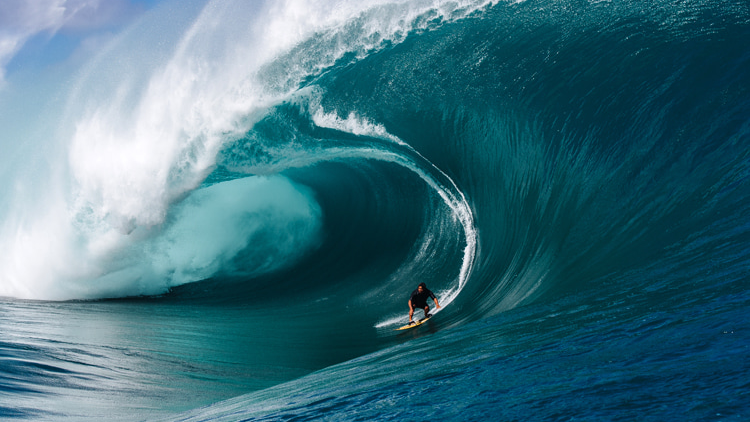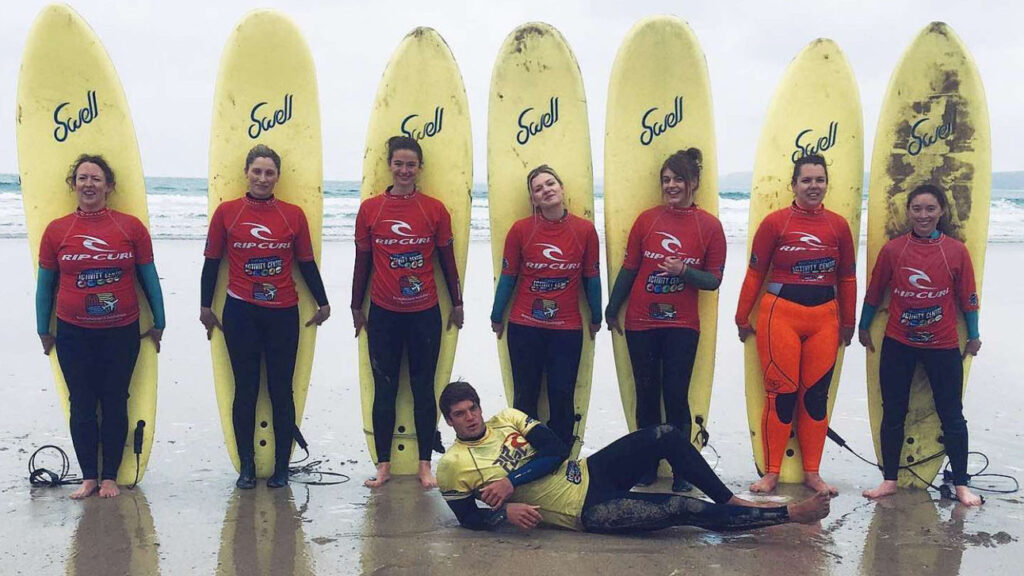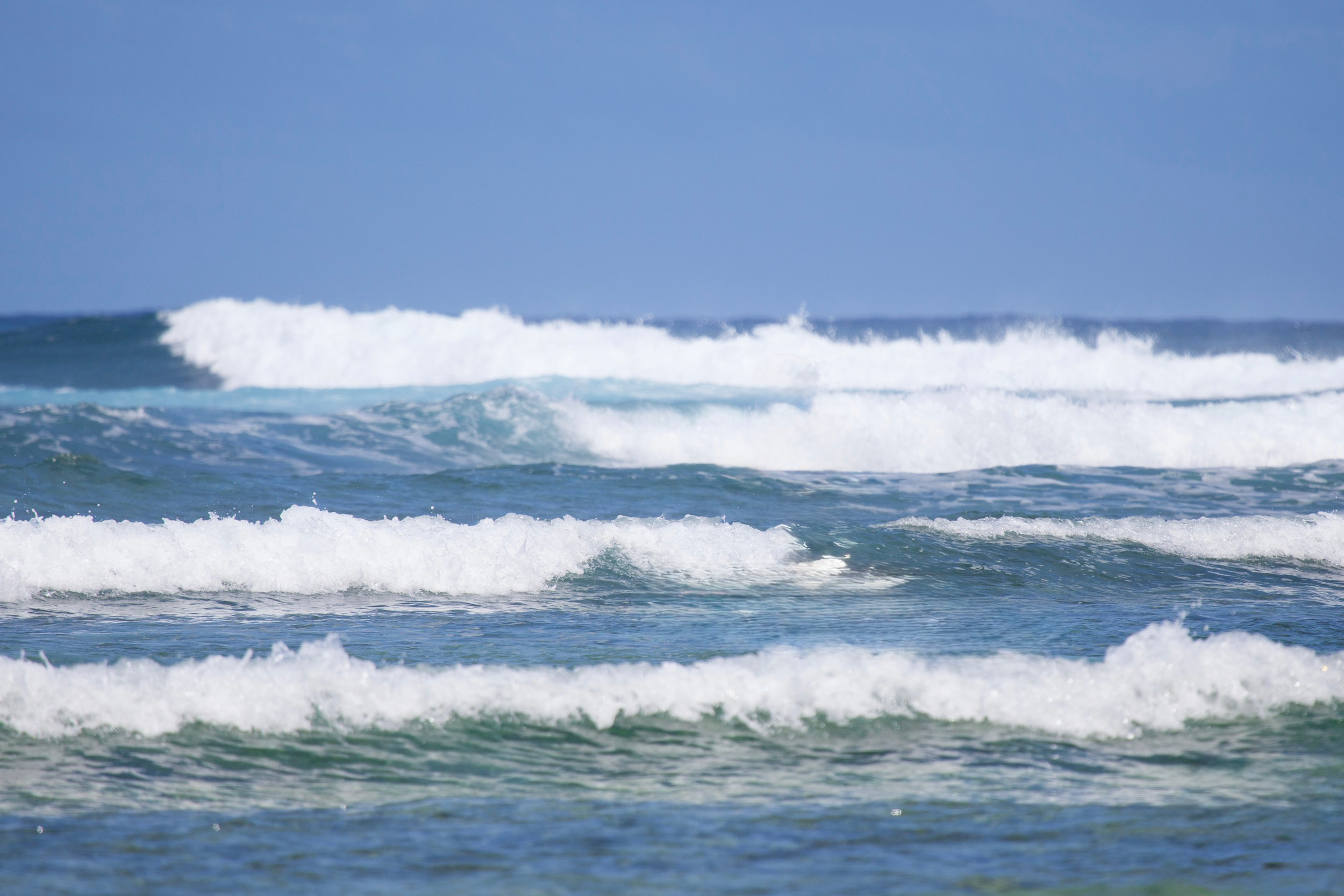Now Reading: Surfing got expensive—and yeah, we did this to ourselves
-
01
Surfing got expensive—and yeah, we did this to ourselves
Surfing got expensive—and yeah, we did this to ourselves

Isn’t shopping fun? And buying gear for a totally new endeavor—like when you’re getting into surfing—well, that’s just party central.
But if your funds are limited, or the stuff (and all the related services) gets prohibitively expensive? It gets tough.
I recently read about a couple who live in a van and are desperate to try surfing. It made me think—how could you keep the costs down to a bare minimum when getting started? And how do you keep them low as you progress in your surf journey?
🌊 Surfing used to be cheap—what happened?
Surfing was never really considered an expensive sport. Well, not until recently.
The waves were—and remain—free.
In the ’70s in LA, there were so many old longboards lying around (according to Matt Warshaw speaking on our pod) that people were literally giving them away. Today, you can still snag a pretty good deal on Facebook Marketplace or get an entry-level board at Costco.
If you lived on a coast, even in a non-tropical climate, you could easily surf without a wetsuit in the summer. And plenty of surfers still do.
📈 The growth of surf culture = growth in surf costs
So what’s changed?
The popularity of surfing grew—and so did the surf economy.
Growth = more stuff to buy.
Popularity = you can charge more for the stuff people want to buy.
Simples.
🏄♀️ Beginner setup: how low can you go?
Consider what a beginner surfer who lives on the coast may need to purchase to kick off their surf journey:
- First surf lesson: Free from a friend or around $100
- Beginner surfboard with leash: $116 for a foamie (if you or a friend has a Costco membership), or similar price for a used board
- Wetsuit: $58 (lowest I’ve seen for a non-brand 3/2), sometimes lower for a used branded one
- Surf wax: Optional with a foamie, or $2.50 from your local surf shop
Let’s call it under $300 to start—and to keep going.
As long as your expectations don’t change.
But they do change, don’t they? 😊
🧗 The upgrade spiral begins…
You don’t want to surf on a foamie forever. An epoxy hardtop? Around $800. A fiberglass longboard? $1,000 and up, up, and away.
Got a ding on that fiberglass? That’ll be $50 for a repair at the shop.
Summer not enough for you? Let’s not forget all the brave souls who surf through cold, cold winters and need booties, gloves, hoods… each at least $35+. Not to mention much thicker wetsuits (extra $$).
💸 All the extras you didn’t see coming
There are roof racks to buy, parking fees to pay, a poncho, a changing mat, maybe a board bag, good sunscreen, wetsuit shampoo, a surf comb (of course), a lockbox—and that’s before we even talk about surf travel, ongoing coaching, and drone footage.
Oh, you want to try a wave pool too?!
I’ve tired myself out making this list.
🧠 So… what’s the solution?
We can get over this if we lower our expectations—which I’m sure we can do. Because we love surfing, not the gear. Right?
- Buy used – we’re putting together a guide to buying a used surfboard and what to watch out for
- Buy on sale – look around the holidays, Prime Days, sign up for marketing emails, and search for coupons
- Buy the necessary – a trash bag works surprisingly well as a changing mat
- DIY – we already have a guide on what you can fix yourself
- Swap and giveaway – and we can make that easier, too! We are building a forum powered by Girls Who Can’t Surf Good—where you can house-swap on your surf travels, couch-surf among friends, or sell/give away surf gear
🏁 So, surfing: cheap or expensive?
If you live near the coast, grab a used board, throw on a hand-me-down wetsuit, and go surf. If you’re chasing swell year-round, building a quiver, and buying heated wetsuit gloves for Arctic surf trips… then yeah, it can add up.
But the waves are (still) free. And for many of us, that’s priceless.























